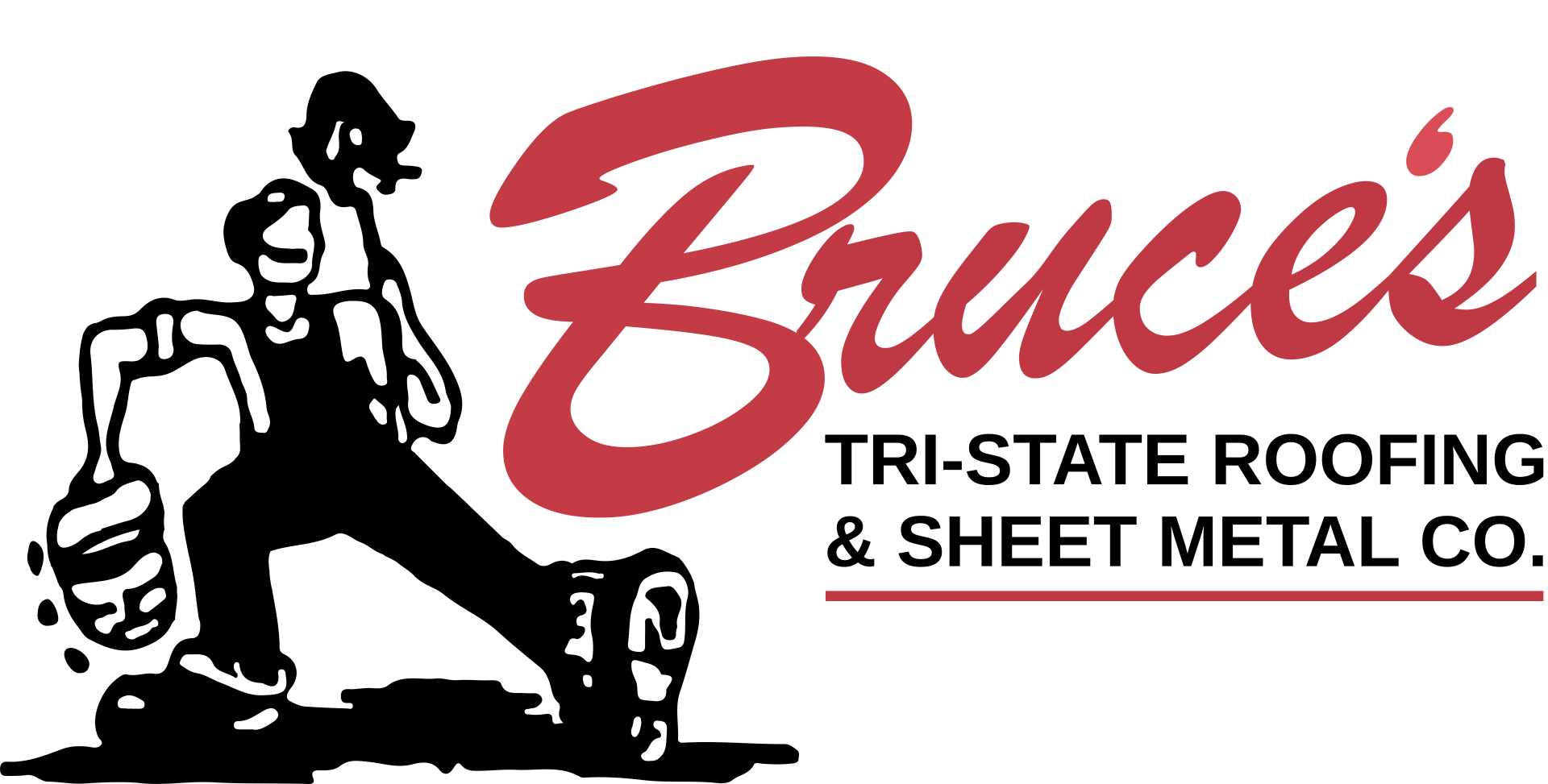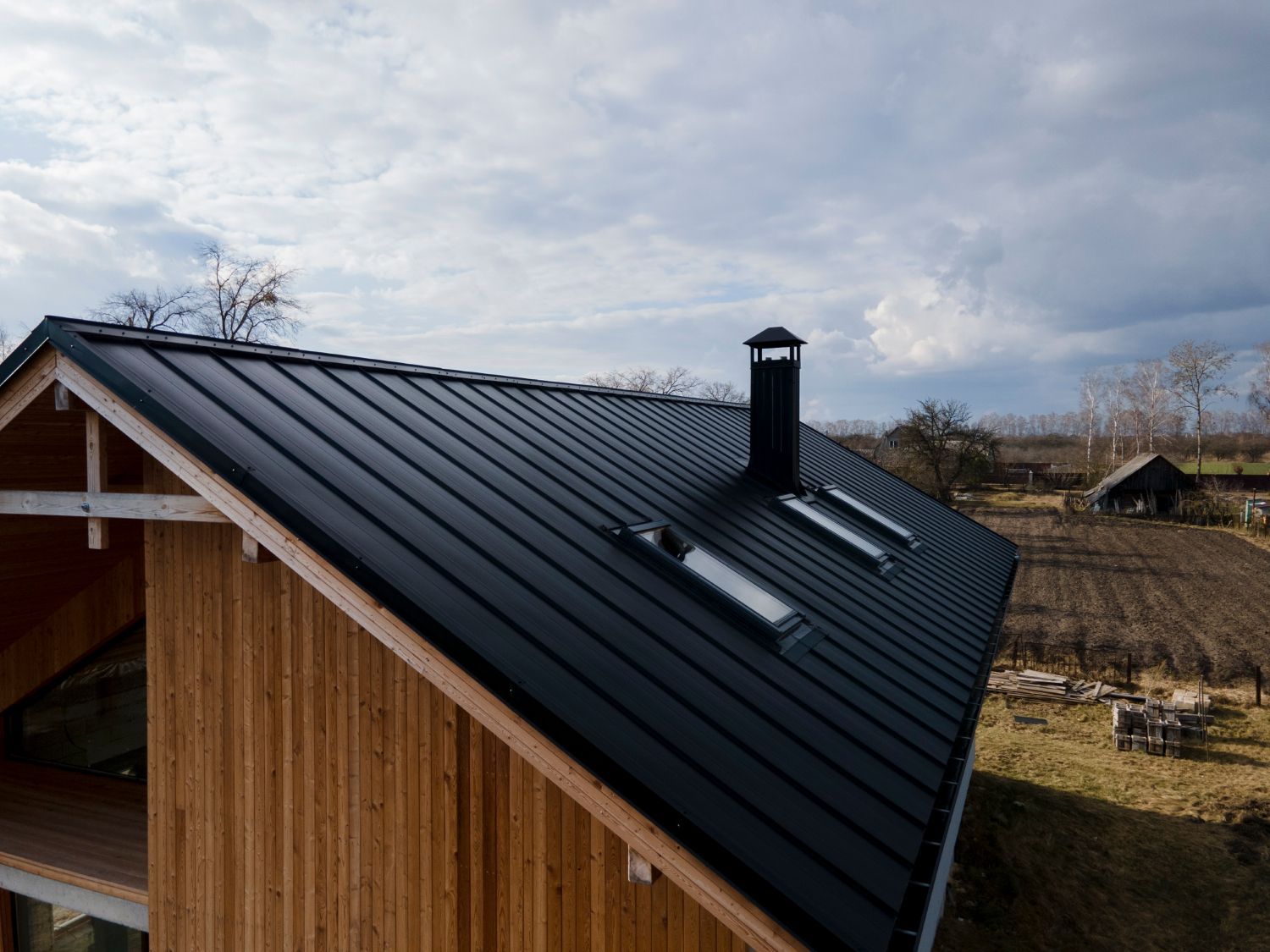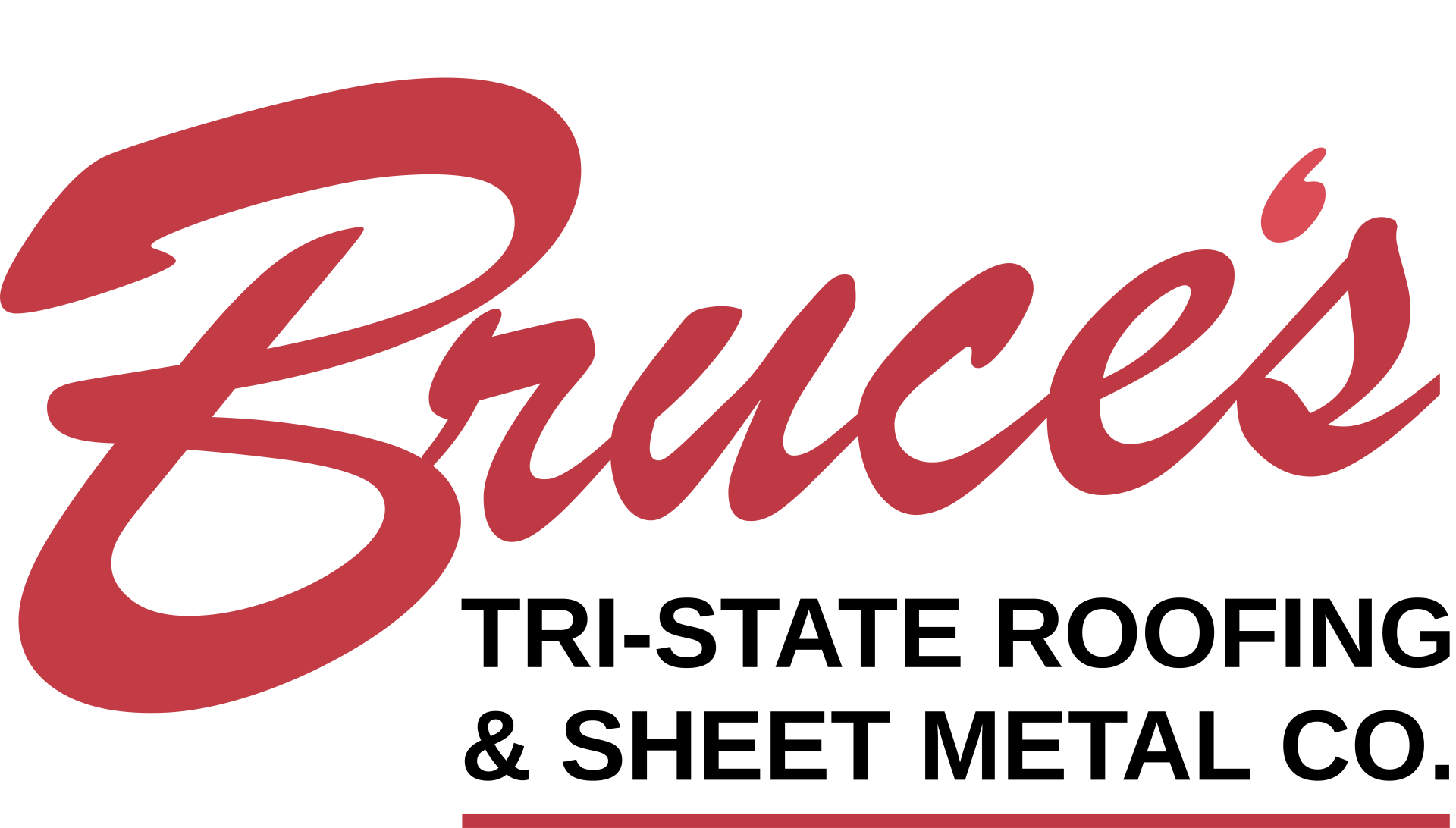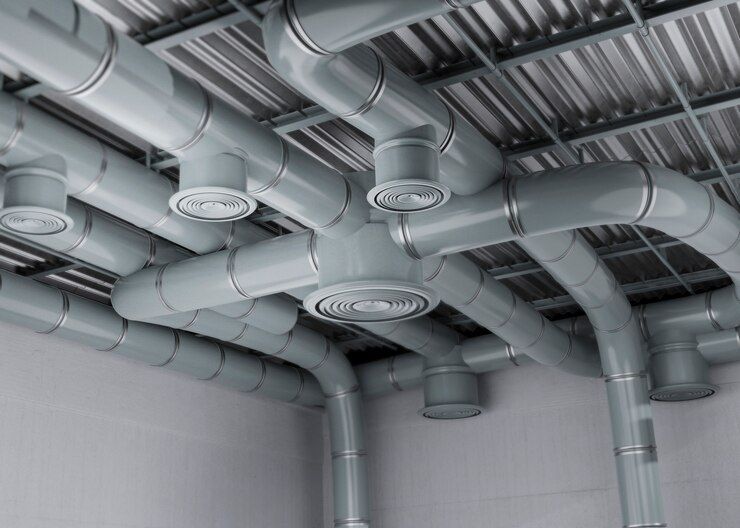
Ice dams can be a big hassle for homeowners during winter. These thick ridges of ice form along the edges of roofs and can lead to serious problems like water leaks and damage to your home's structure. Understanding how ice dams form and knowing what to do when they appear can save you a lot of trouble.
The problem starts when the heat from your home causes the roof to warm up. As the snow melts, the water runs down to the colder edges of the roof and refreezes, creating a barrier of ice. This trap causes more water to back up and potentially seep into your home, leading to damage and costly repairs.
To handle ice dams, it's important to take a proactive approach. By understanding the causes, we can take preventive steps to avoid ice dams forming in the first place. And if they do happen, knowing effective methods to remove them can protect your home from harm. Let's dive into some practical tips to tackle this icy challenge.
Understanding Ice Dams: Causes and Effects
Ice dams form when warm air from your house rises and heats the upper part of your roof. This causes the snow on the roof to melt. The water then flows downward, reaching the colder eaves and refreezes there, forming a ridge of ice—a dam.
This ice dam can prevent the melting snow from draining properly. As the water backs up, it can seep under the shingles and into your house. This can lead to several problems, including water-stained ceilings, peeling paint, and even structural damage. Your attic insulation might also get wet, leading to mold growth and reducing its effectiveness.
Some common causes of ice dams include poor insulation, inadequate ventilation, and roof design. If your attic is not properly insulated, the heat from your home can escape and warm the roof more than it should. Inadequate ventilation can trap warm air in the attic, leading to the same problem. Particular roof designs, like those with valleys, can also be more prone to ice dam formation.
Recognizing what causes ice dams helps you know where to focus your efforts to prevent them. By addressing the root issues, you can reduce the chances of ice dams forming in the first place.
Practical Steps to Prevent Ice Dams
Preventing ice dams involves several practical steps that focus on controlling the heat that escapes into the attic and ensuring proper roof ventilation. Taking these steps can protect your roof during the harsh winter months.
1. Improve Attic Insulation: Start by checking your attic’s insulation. You should aim to keep the attic space as cold as possible to prevent snow from melting. If insulation is lacking, add more, especially around light fixtures and chimneys where warm air tends to escape.
2. Seal Air Leaks: Look for and seal any air leaks in your attic floor. Areas around vents, pipes, and cables are common spots where warm air leaks into the attic, warming the roof.
3. Enhance Attic Ventilation: Proper ventilation keeps the temperature in the attic close to the outdoor temperature. This prevents the roof from warming up and causing snow to melt. Make sure soffit and ridge vents are clear and functioning properly.
4. Install Heat Cables: For extra precaution, consider installing heat cables along your roof's edge. These can help melt snow consistently and prevent ice dam formation.
By following these preventive steps, you can significantly reduce the likelihood of ice dams. Keeping your roof cool and maintaining proper insulation and ventilation are key strategies in protecting your home from this winter hazard.
Effective Methods to Remove Existing Ice Dams
When ice dams have already formed on your roof, it's important to address them safely and efficiently to prevent further damage. Here are some effective methods for removing existing ice dams:
1. Use an Ice Melt Product: Applying a calcium chloride ice melt product to the ice dam can help break it down. Use a roof rake to apply the ice melt at the edge of the roof. Avoid rock salt, as it can damage your roof and siding.
2. Carefully Remove Excess Ice: Use a roof rake to gently remove excess ice from your roof. Stand safely on the ground and avoid chopping or cutting the ice, as this can damage shingles.
3. Create Drainage Channels: Use warm water to create channels through the ice dam. This will allow the trapped water to escape safely. Pour the water in small amounts to avoid overwhelming the gutter system.
4. Blow Cold Air into the Attic: If water is leaking into your home, blowing cold air at the leak area from inside the attic with a fan can freeze the water and stop the leak temporarily.
It's vital to exercise caution when dealing with ice dams. If you're unable to manage the problem safely on your own, contact a professional to ensure effective and safe removal.
Long-Term Solutions and Maintenance Tips
Preventing future ice dams requires a focus on long-term solutions. Here are some strategies to help maintain a safer roof year-round and avoid the repeated formation of ice dams:
1. Enhance Insulation Regularly: Regularly check and upgrade your attic insulation to ensure consistent temperatures. Well-insulated attics prevent heat loss and maintain a colder roof, reducing the risk of melting.
2. Maintain Good Ventilation: Keep your attic and roof ventilated. Check vents regularly to ensure they're not blocked. Proper airflow can help maintain a balanced roof temperature, preventing ice dam formation.
3. Schedule Regular Roof Inspections: Regular inspections from a professional roofing service can help identify potential weaknesses or damage that may contribute to ice dams. Think of them as your first line of defense.
4. Monitor Weather Conditions: Pay attention to weather forecasts and prepare your roof accordingly. Knowing when harsh conditions are expected can help you take preventive action in advance.
These long-term strategies are essential in reducing the likelihood of ice dams. By maintaining an effective insulation and ventilation system, along with regular inspections, you can protect your home from the costly effects of ice damage.
Conclusion
Understanding and managing ice dams is key to safeguarding your home during winter. By learning their causes and effects, you equip yourself with the knowledge to both prevent and remove these icy obstacles effectively. Taking practical preventive steps not only helps avoid damage but also ensures your home stays safe and comfortable through the cold season. Regular maintenance and proactive measures are vital, creating a durable barrier against future problems.
Don't wait for ice dams to wreak havoc on your home. Bruce's Tristate Roofing offers expert solutions to keep your roof in top condition all year long. Whether it’s inspection, maintenance, or emergency repair, we're dedicated to helping you maintain a safe and sturdy roof. Reach out to our
roofing company in Kentucky and ensure your home is fully prepared to handle whatever winter throws its way.

Have Total Confidence in the Roof Over Your Head
Hire an experienced commercial roofing company serving the entire Tri-State area


Hours
Mon: 7:00AM-4:00PM
Tue: 7:00AM-4:00PM
Wed: 7:00AM-4:00PM
Thu: 7:00AM-4:00PM
Fri: 7:00AM-4:00PM
Sat: Closed
Sun: Closed
All Rights Reserved | Website Designed & Developed By Oddball Creative

